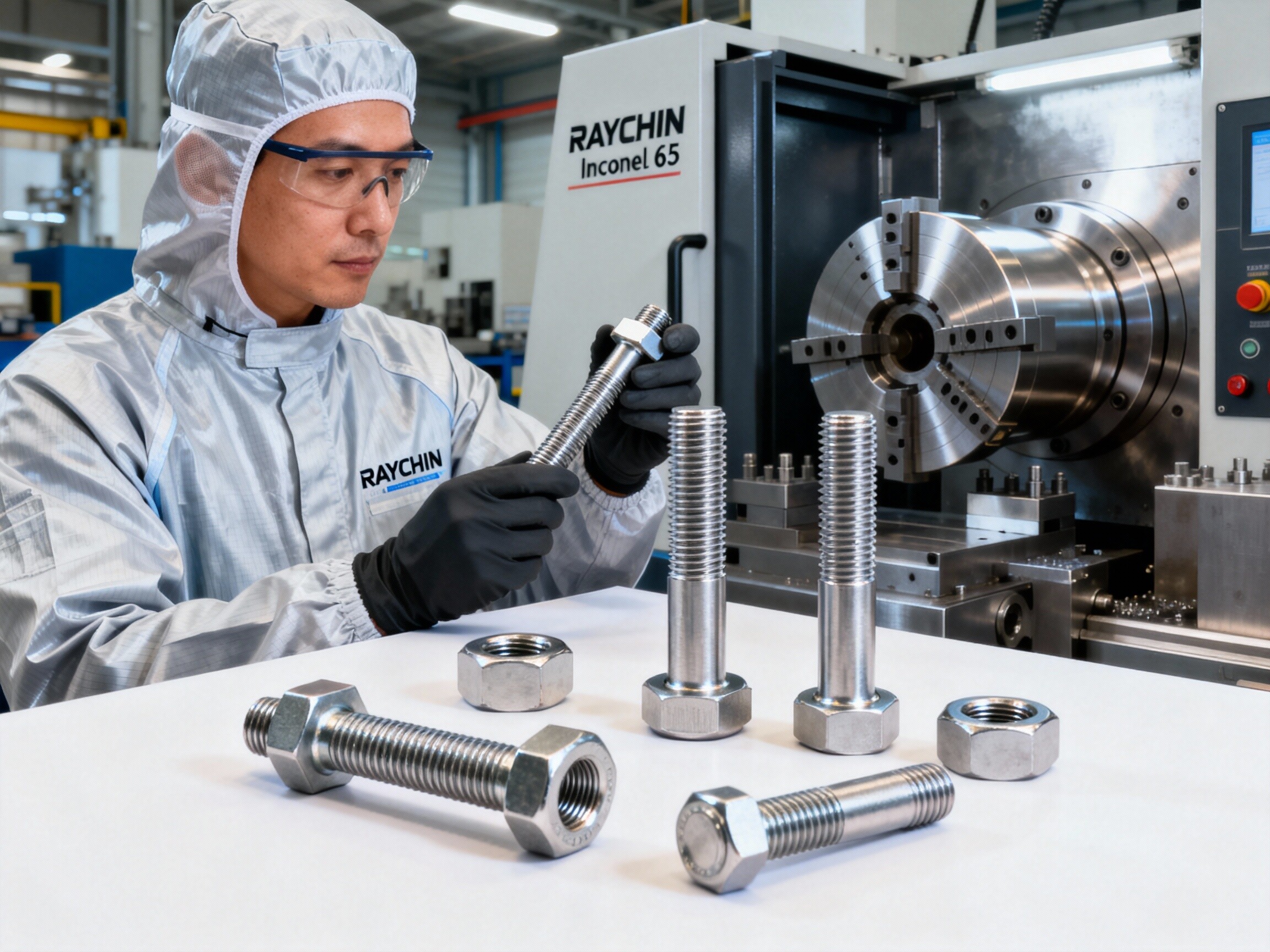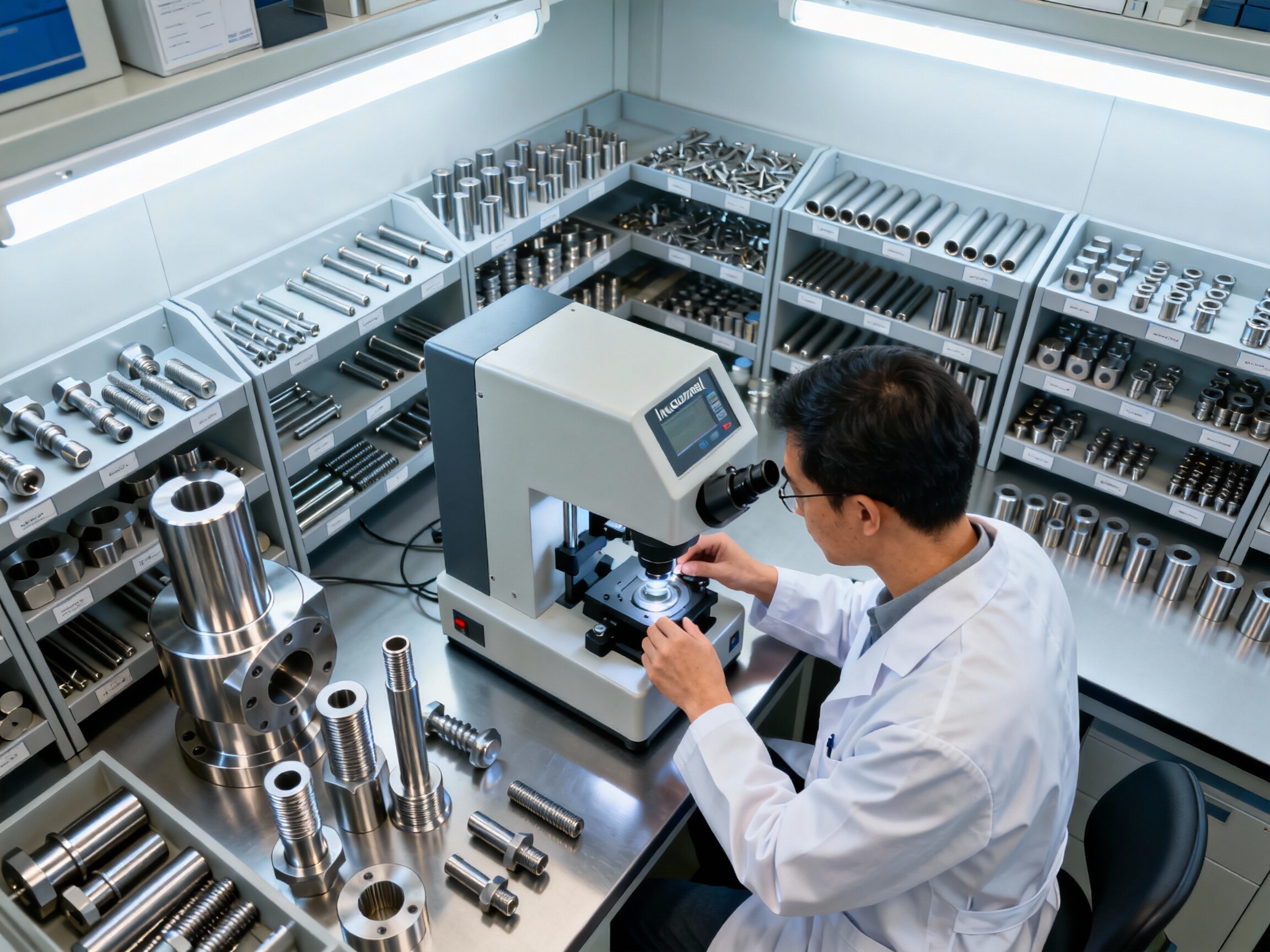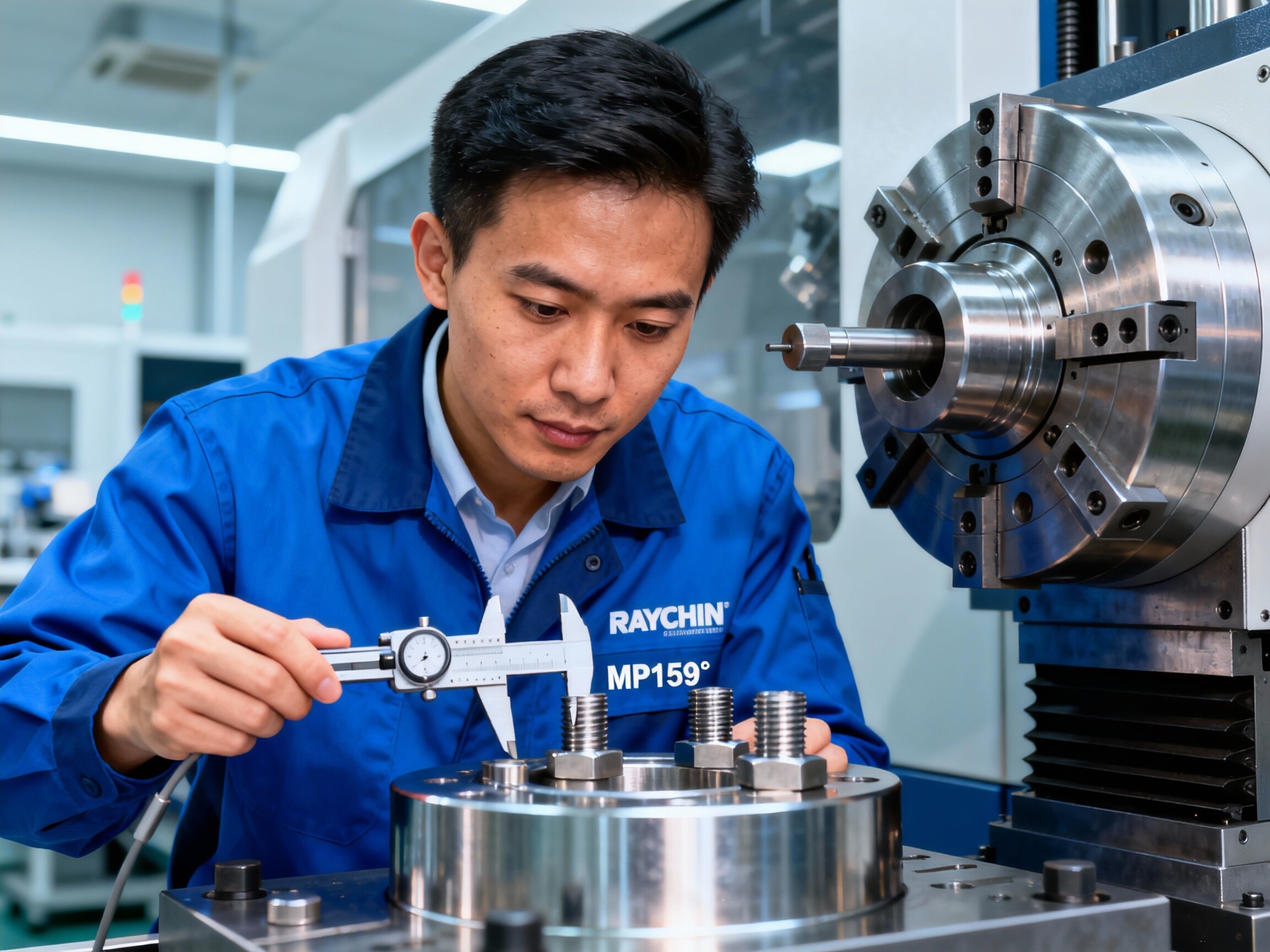Categories List
Stainless steel 310 (usually referred to as 310, 310S or 310H) is a high-alloy austenitic stainless steel known for its excellent high-temperature strength, oxidation resistance and carburization resistance. These properties make its fasteners ideal for extreme high-temperature environments.
The following are the main application areas of 310 stainless steel fasteners:
1. High-temperature heat treatment industry
Furnace component fixing: used to fix the muffle tank, guide rails, furnace bottom plate, radiation tube, burner, thermocouple sleeve, etc. in the furnace.
Clamps and baskets: During heat treatment processes such as quenching, annealing, carburizing, and nitriding, the fixtures and baskets that fix the workpieces usually use 310 stainless steel bolts, nuts and pins.
Furnace doors and observation windows: Fix high-temperature furnace doors, seals and observation window frames.
2. Petrochemical and oil refining:
Cracking furnaces and converters: Used to fix furnace tube brackets, hangers, insulation nails, instruments, etc. inside or outside high-temperature furnace tube systems such as ethylene cracking furnaces and hydrogen production converters. Can resist high-temperature oxidation and carburization.
Heat exchangers: In the flange connection of heat exchangers where certain high-temperature, high-pressure, and corrosive media coexist.
Burners and nozzles: Fix high-temperature burner components.
3. Power generation (fossil fuels and biomass):
Boilers: Used to fix the insulation materials (insulation nails) on the inner wall of the boiler furnace, superheater/reheater pipe clamps, soot blower components, burner components, etc., to withstand high-temperature flue gas and furnace ash environments.
Gas turbines Connect certain non-rotating components in high-temperature areas such as combustion chambers, transition sections, and exhaust systems.
4. Chemical processing:
In the flange connection of chemical reactors, pipelines, and valves involving high-temperature oxidizing media or requiring resistance to carburization.
5. Kiln and glass industry:
Used to fix refractory bricks, heating elements, thermocouples, burners and other components in ceramic kilns and glass melting furnaces.
6. Controlled atmosphere and vacuum heat treatment:
In high-temperature environments such as carburizing, nitriding, brazing, etc. that require a specific atmosphere (carbon-rich, nitrogen-rich) or vacuum, 310's anti-carburization and low volatility enable its fasteners to maintain performance.
7. High-temperature testing equipment and experimental devices:
Used to build experimental furnaces, reactors, test fixtures, etc. that need to operate at extremely high temperatures (usually over 1000°C).
Key reasons for choosing 310 stainless steel fasteners:
Excellent oxidation resistance: In continuous cyclic use up to 1150°C (2100°F), and even higher in intermittent use, it can form a stable and dense chromium oxide protective layer. This is its core advantage.
High temperature strength: It can maintain good creep strength and tensile strength at high temperatures (much higher than ordinary austenitic stainless steels such as 304/316).
Carburization resistance: In carbon-rich atmospheres (such as carburizing furnaces), it can resist carbon infiltration, prevent embrittlement and failure.
Hot corrosion resistance: In high-temperature environments containing impurities such as sulfur, it has a certain ability to resist hot corrosion (although not as good as some nickel-based alloys).
Good thermal fatigue resistance: It can withstand a certain degree of thermal cycling.
Important considerations for using 310 stainless steel fasteners
1. Cost: Due to its high nickel-chromium content (about 24-26% Cr, 19-22% Ni), the price of 310 stainless steel and its fasteners is much higher than that of conventional stainless steels such as 304/316.
2. Low temperature toughness: The austenitic structure makes it also have good toughness at low temperatures.
3. Corrosion resistance: At room temperature or medium temperature, its resistance to general corrosion and pitting is not as good as 316L stainless steel (especially in chloride ion environment). Its core value lies in high temperature performance.
4. Stress corrosion cracking: Under certain conditions (such as high temperature, high chloride ion concentration, high tensile stress), austenitic stainless steel may suffer from SCC, and 310 is no exception. However, in the high temperature oxidizing environment for which it is designed, the risk of SCC is generally low.
5. Work hardening: Austenitic stainless steel will harden significantly during cold working (such as when tightening bolts), which may increase the difficulty of processing or require a higher tightening torque. Special lubricants may be required.
6. Sulfur-containing environment: In high temperature sulfur-containing atmosphere, its resistance to sulfurization is limited. In extreme sulfur-containing environments, nickel-based alloys (such as Inconel 600/601) may need to be considered.
7. Material matching: It is best to use with materials of the same grade (such as 310 flanges and pipe fittings) to avoid galvanic corrosion (especially in non-high temperature areas). If it must be used with other materials, the potential difference needs to be carefully evaluated.
Summary:
Stainless steel 310 fasteners are designed for applications with extreme high temperatures (usually >850°C), strong oxidizing atmospheres, and carburization resistance. They play a key role in high-temperature core equipment in industries such as heat treatment, petrochemicals, power generation, and kilns. When choosing, be sure to weigh its excellent high-temperature performance against its higher cost, and ensure that its use environment meets its performance characteristics (mainly high-temperature oxidation), and avoid excessive use in environments that are more suitable for conventional stainless steel or nickel-based alloys.
Before selecting, it is recommended to consult RAYCHIN product experts or material engineers to make the best choice based on the specific application temperature, atmosphere, stress state, and budget.
Request A Quote! We'll respond as soon as possible(within 12 hours)
Get a Quote



